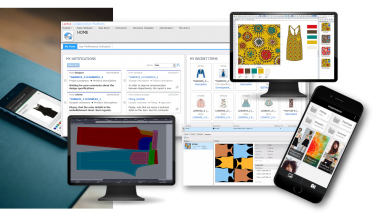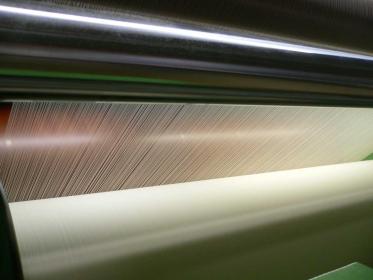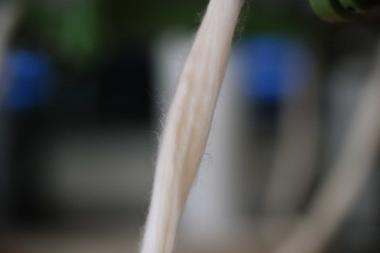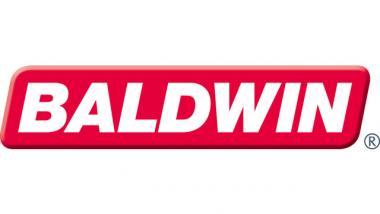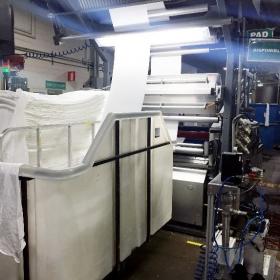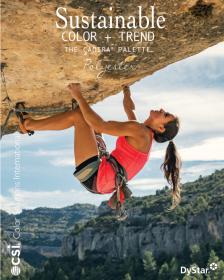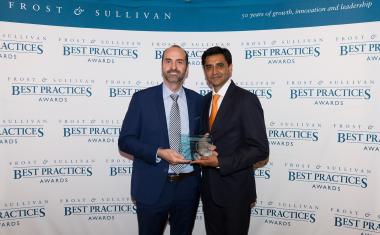Teamwork Reimagined: Lectra Connected Design and Lectra Connected Development
- Connect people, data and processes with Lectra’s latest solutions to power up design and development teams
Paris – Lectra, the technological partner for companies using fabrics and leather, introduces collaborative solutions specifically developed for design and product development teams, enabling fashion companies to affront tighter deadlines and handle wider product mixes with speed and serenity.
With the rise of e-commerce, digitally dependent consumers expect personalized, innovative fashion delivered to their doorstep at the click of a mouse.
Fashion companies are struggling to keep up with consumer demands and looking for new ways to speed up design and development without compromising quality. Design teams work faster than ever to deliver fresh, eye-catching collections. Product development teams rush to transform new designs into consumer-ready products. Given the accelerated pace of the fashion marketplace, information sharing has become vital for these teams.
Lectra has developed two new solutions to fulfill the specific needs of these teams, Lectra Connected Design and Lectra Connected Development. These solutions deliver collaborative environments that integrate business applications to aggregate, standardize and store data from all design and product development stages. These innovative solutions make every-day working life less stressful by allowing criteria-based searches, inciting users to capitalize on data links, and providing them with innovative tools and services to speed up their processes.
Lectra Connected Design facilitates collaboration between textile and fashion designers, colorists, graphic designers, technical designers and their managers by providing design teams with a connected environment. Team members can access the platform via their Lectra Kaledo® design software and Adobe® Creative Cloud, share inspiration and review collections together or upload inspirations via dedicated mobile apps. This solution gives users the visibility needed to streamline, automate and monitor the entire design process to ensure that they remain creative under severe time constraints.
In the same way, Lectra Connected Development connects patternmakers, graders, technical design teams, managers, cost and margin specialists, marker makers and sample teams through data. It allows team members to connect through Lectra Modaris® 2D and 3D patternmaking software and Lectra Diamino® Fashion marker-making software. Thanks to the wide range of standard libraries and mobile applications provided, teams will improve the efficiency of technical specifications creation. The automation of business processes and real-time communication allow product development teams to avoid errors and deliver the right product quality and fit.
“We recognize first and foremost that today’s fashion industry professionals need to feel well-equipped and at ease in order to perform well under tight deadlines,” explains Céline Choussy Bedouet, Chief Marketing and Communications Officer, Lectra. “We are confident that by introducing a new and easy way of collaborating through sound data management, both offers will help design and product development teams work faster and more easily to build quality into the products they design and develop. That way, they can reach their fullest potential as key contributors to their companies’ success.”
Lectra


